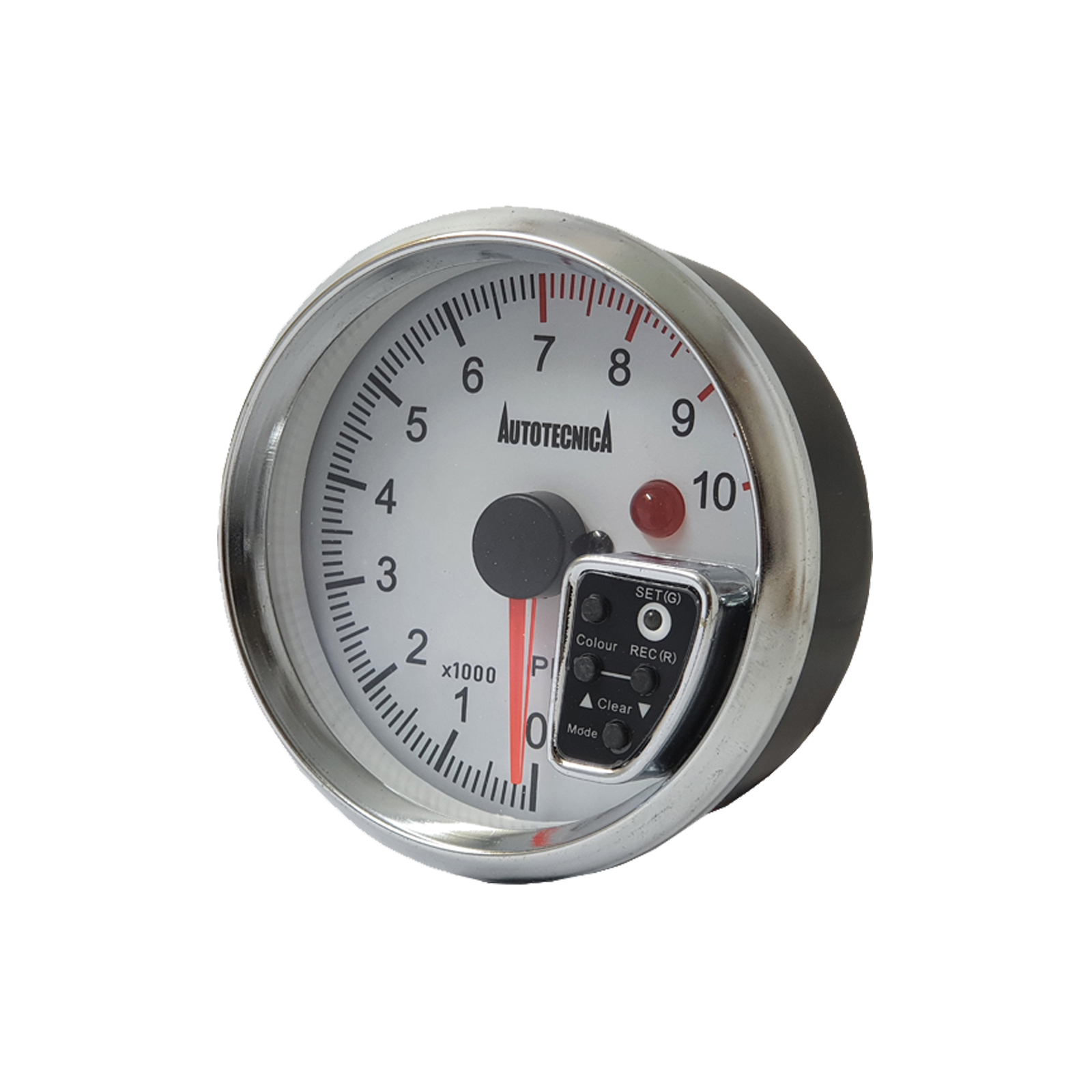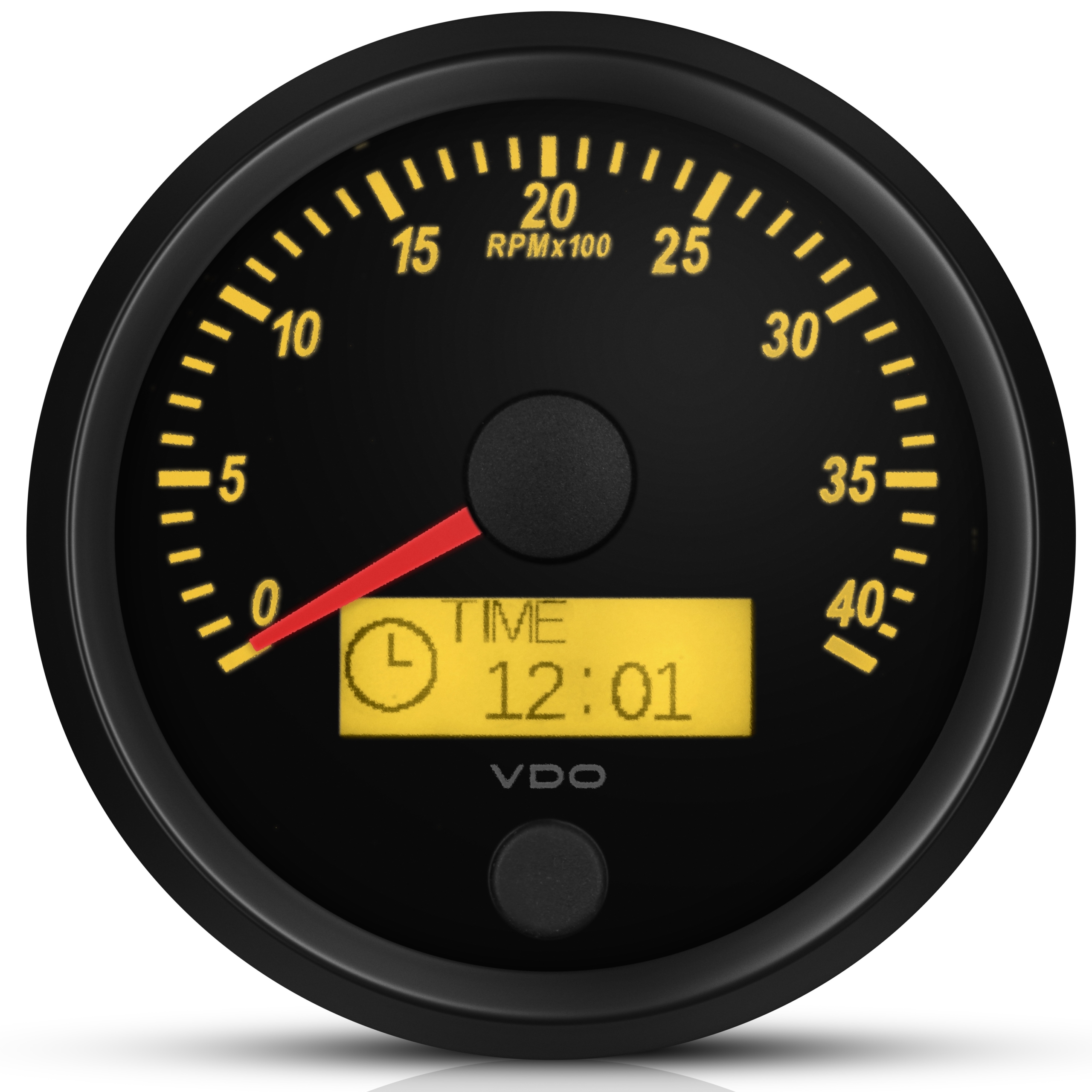Comprehensive Guide to Comprehending and Utilizing a Tachometer Properly
Comprehensive Guide to Comprehending and Utilizing a Tachometer Properly
Blog Article
Secret Factors Why Having a Tachometer Is Vital for Keeping Engine Health And Wellness and Performance
This modest yet vital instrument plays an essential function in the upkeep of an engine's wellness and performance. By giving real-time information on engine speed and RPM degrees, a tachometer offers indispensable understandings that straight impact the efficiency and durability of the engine. Allow's check out the essential reasons behind its crucial role in preserving engine wellness and performance.
Stopping Engine Over-Revving

To secure the engine from possible damage, it is crucial to implement steps that prevent over-revving, a technique that can lead to pricey fixings and reduced engine life expectancy. Over-revving occurs when the engine's rotational speed exceeds the optimum limitation set by the manufacturer, creating excessive tension on internal parts such as pistons, shutoffs, and attaching poles. This too much strain can cause mechanical failures, including bent valves, damaged pistons, and also tragic engine failure.
One reliable measure to stop over-revving is the setup of a rev limiter. A rev limiter is a device that regulates the maximum RPM (revolutions per minute) of the engine by either reducing off gas circulation or stimulate to the engine when the pre-set limit is reached. Additionally, enlightening motorists and operators on the value of monitoring engine RPM via the tachometer can assist prevent unintentional over-revving. Normal upkeep checks to guarantee the engine remains in ideal condition can also help in stopping over-revving incidents and lengthening the engine's lifespan. By adopting these safety nets, the danger of engine damage as a result of over-revving can be dramatically lowered.
Maximizing Fuel Intake
Effective fuel intake plays a crucial function in taking full advantage of the efficiency and sustainability of an engine. tachometer. Optimizing gas consumption not only assists in reducing functional expenses yet also reduces the environmental influence of automobile emissions. By using a tachometer to monitor engine rate and readjust driving habits appropriately, drivers can accomplish better gas performance
Preserving a stable speed and preventing abrupt velocities and slowdowns can substantially enhance fuel economy. Additionally, proper gear option based on the tachometer readings makes sure that the engine runs within its optimum range, leading to more reliable fuel burning.
Consistently keeping an eye on the tachometer can also aid determine any inadequacies or mechanical problems that may be affecting gas intake. An unexpected rise in gas use without a matching modification in driving behaviors could indicate a trouble that needs attention.
Surveillance Engine Wellness
Monitoring engine health is crucial for guaranteeing ideal efficiency and long life of the automobile. By making use of a tachometer to check engine rate, drivers can spot abnormalities that may suggest possible problems with the engine. A tachometer gives real-time data on engine revolutions per min (RPM), enabling chauffeurs to determine any unusual spikes or decreases in RPM that might signal troubles such as misfires, damaged components, or engine getting too hot.

On a regular basis keeping an eye on engine health and wellness through the use of a tachometer enables try this out motorists to deal with concerns without delay prior to they intensify and create considerable damages. For instance, finding a decline in RPM can indicate gas delivery issues or a stopped up air filter, while an unexpected rise in RPM may direct to problems with the transmission or exhaust system. By staying alert and receptive to modifications in engine performance, vehicle drivers can stop costly repairs and guarantee the general health and wellness and effectiveness of their car.
Expanding Engine Life-span
Guaranteeing the durability of an engine needs persistent upkeep techniques and alert monitoring of key efficiency indicators. Expanding an engine's lifespan is crucial for lowering general car upkeep costs and preventing unforeseen breakdowns. A tachometer plays a significant duty in this element by supplying real-time information on engine rate, permitting drivers and auto mechanics to make enlightened choices to stop extreme deterioration.

Moreover, normal upkeep based upon tachometer readings, such as prompt oil changes and trigger plug replacements, can dramatically add to extending the engine's durability. On the whole, incorporating a tachometer into regular engine surveillance practices is important for protecting the engine's health and effectiveness over the long-term.
Saving Cash on Repairs
A tachometer assists in monitoring the engine's RPM (transformations per min), allowing motorists to run look at this website within the advised variety. By remaining within these optimum RPM levels, extreme strain on the engine can be avoided, minimizing the probability of expensive repairs due to overworking the engine.
Additionally, by making use of the data from a tachometer to practice smooth acceleration and slowdown, chauffeurs can prolong the life-span of their car's components, inevitably saving cash on upkeep and substitutes. In general, the understandings provided by a tachometer empower vehicle drivers to make enlightened decisions that can prevent unnecessary deterioration on the engine, bring about considerable expense savings in the long run.
Final Thought
In conclusion, a like it tachometer plays a crucial duty in keeping engine health and wellness and effectiveness by protecting against over-revving, optimizing fuel consumption, keeping track of engine health and wellness, expanding engine life expectancy, and conserving cash on repair work. It is a vital device for making sure that the engine runs within risk-free restrictions and executes at its finest, inevitably adding to the durability and general efficiency of the vehicle.
Report this page